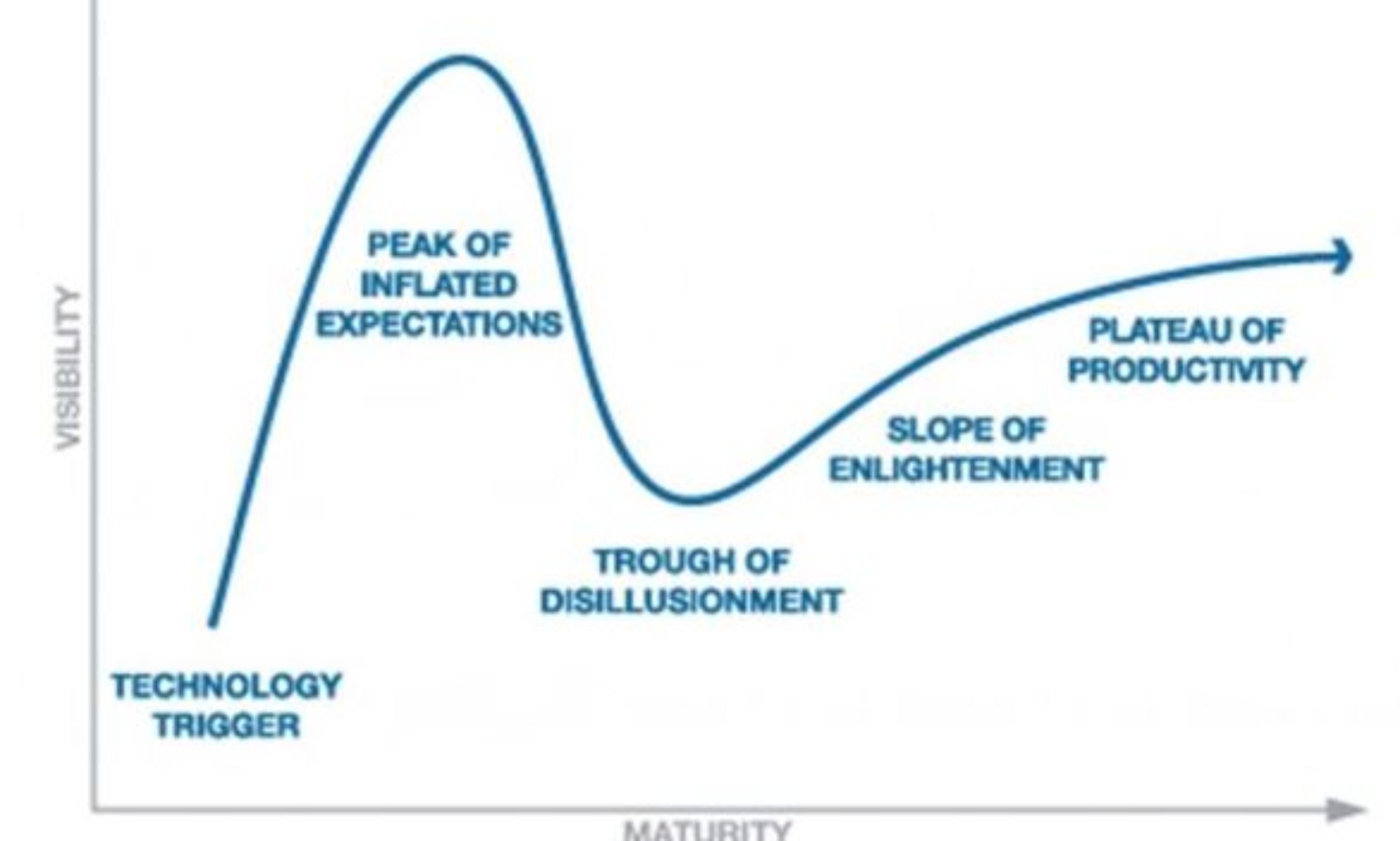Hearst UK has introduced a branded content metric combining dwell time and scroll depth. The metric, dubbed Engaged View Rate, calculates a score once audiences have spent a minimum of 30 seconds on the page and reached a scroll depth of at least 75 percent.
“We were confident that a combination of both dwell time and scroll depth showed that readers were engaged,” said Ali Gray, head of digital content studio, Hearst UK, adding that taking singular metrics like time as a proxy for quality is skewed.
Hearst has used EVR on a branded content campaign with retailer Very, but wouldn’t share results, only saying that branded content performed on a par with its editorial content. Being able to compare commercial and editorial content has been a goal for the publisher as giving a measurement of success beyond the standard reach metrics of impressions, clicks and views. For future branded content campaigns, Hearst will set benchmarks for EVR and adapt the campaign if it’s underperforming. For Very, well-performing content on Cosmopolitan informed what content ran on Good Housekeeping.
“The whole industry has to move to think about quality,” said Clare Gorman, chief operations director, Hearst UK.
According to the publisher, it started working on EVR eight months ago. Since then, it has been testing out the right combinations of dwell time and scroll depth to signify an engagement percentage.
Outside of the campaign with Very, EVR has only been used internally. Hearst will begin sharing the scores with agencies and advertisers. Currently, there’s no pricing model around the metric, but the publisher isn’t ruling out using EVR to sell branded content with long-term commercial partners.
Richard Stokes, global head of content at Wavemaker said that while Hearst should be applauded for focusing on engagement, dwell time and scroll depth for measurement are table stakes.
“Reach is a metric but not the metric,” he said. “Publishers have been a little slow on responding to our needs, which is really how interested are people and what did this make them subsequently do? Anything that tries to understand attribution better and enhance effectiveness will make publishers more competitive.”
In display, using time as a way of proving engagement has failed to gain wide-scale adoption outside of specific publishers like The Financial Times and The Economist. Getting people to adopt new ways of selling isn’t easy.
“It’s not about agencies putting [EVR] on a spreadsheet,” said Gorman. “It’s about us giving them a quality metric that holds us to account. I can only see agencies embracing it.”
“The big challenge for media owners is, we need more editorial insight to apply against the content,” said Laura Wade vp of content and innovation at Essence. “Capturing data isn’t the hard bit, interpreting it into meaningful insights is; that’s a different skill set.”
Hearst UK’s branded content division has 25 staff across editorial, digital designers and art directors. (It plans to hire another six people in the coming months to build up its video capabilities.) The average deal size for digital content creation has grown by 200 percent in two years, said Hearst. Last year, branded content revenue had grown by 60 percent year over year, but the publishers was unwilling to share exact figures and how much of its revenue portfolio it makes up.
The post ‘The whole industry has to think about quality’: Hearst UK introduces new metric to prove branded content works appeared first on Digiday.
Powered by WPeMatico


 🤷
🤷 ♂️
♂️